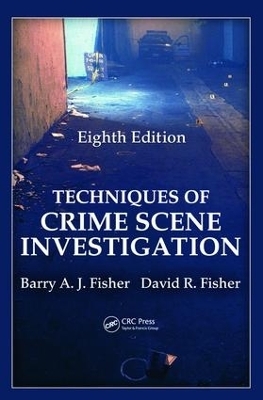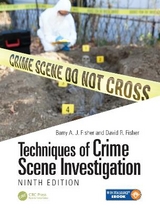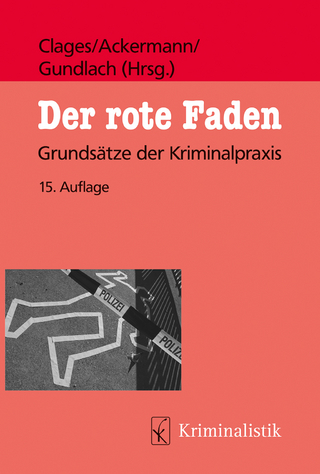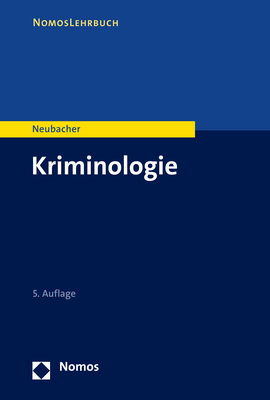
Techniques of Crime Scene Investigation
Crc Press Inc (Verlag)
978-1-4398-1005-7 (ISBN)
- Titel erscheint in neuer Auflage
- Artikel merken
"Techniques of Crime Scene Investigation is a well-written, comprehensive guide to the investigative and technical aspects of CSI. The textbook is an educational standard on the theory and practice of crime scene investigation and includes many informative casework examples and photographs. On reading this book, students, entry-level personnel, and experienced practitioners will have a better understanding of the strengths and limitations of forensic science in its application to crime scene investigations." —Professor Don Johnson, School of Criminal Justice and Criminalistics, California State University, Los Angeles
The application of science and technology plays a critical role in the investigation and adjudication of crimes in our criminal justice system. But before science can be brought to bear on evidence, it must be recognized and collected in an appropriate manner at crime scenes. Written by authors with over 50 years of combined experience in forensic science, Techniques of Crime Scene Investigation examines the concepts, field-tested techniques, and procedures of crime scene investigation. Detectives, crime scene technicians, and forensic scientists can rely on this updated version of the "forensics bible" to effectively apply science and technology to the tasks of solving crimes.
What’s New in the Eighth Edition:
The latest in forensic DNA testing and collection, including low copy number DNA
A new chapter on digital evidence
New case studies with color photographs
End-of-chapter study questions
Practical tips and tricks of the trade in crime scene processing
Barry A. J. Fisher served as the crime laboratory director for the Los Angeles County Sheriff’s Department, a position he held from 1987 until his retirement in 2009. He is a Distinguished Fellow and past president of the American Academy of Forensic Sciences and was awarded the Academy’s highest award, the Gradwohl Medallion. He served as president of the International Association of Forensic Sciences, president of the American Society of Crime Laboratory Directors, and is a past chairman of the American Society of Crime Laboratory Directors—Laboratory Accreditation Board. He has lectured throughout the United States, Canada, England, Australia, Singapore, France, Israel, Japan, China, Turkey, and Portugal on forensic science laboratory practices, quality assurance, and related topics. In 2000, he led a forensic science delegation to lecture to forensic scientists in the People’s Republic of China. Since retiring, Fisher has consulted for the United Nations Office on Drugs and Crime, the United States Department of Justice, International Criminal Investigative Training Program (ICITAP), and Analytic Services Inc. David R. Fisher currently works as a criminalist supervisor in a large public forensic laboratory in New York City. He has worked on hundreds of homicide, sexual assault, and property crime cases and has testified in court and in the grand jury as a DNA expert on numerous occasions. Fisher is certified by the American Board of Criminalistics and is a Fellow in the American Academy of Forensic Sciences. He also maintains membership in the International Association for Identification, the Northeastern Association of Forensic Scientists and is an associate member in the International Association of Bloodstain Pattern Analysts. Fisher also has much experience in mass fatality incidents. After the events of 9/11, he helped with the identifications of victims from the World Trade Center attack. As an intermittent federal employee with the U.S. Department of Health and Human Services Disaster Mortuary Operational Response Team (DMORT), he was deployed to the Gulf region in 2005 to aid in the identification of victims from Hurricane Katrina.
Introduction. First Officer at the Crime Scene. The Crime Scene Investigator. Specialized Personnel at the Crime Scene. Processing the Crime Scene. Establishing Identity. Trace Evidence. Blood, Forensic Biology, and DNA. Impression Evidence. Firearms Examination. Arson and Explosives. Investigating Sexual Assault. Burglary Investigation. Motor Vehicle Investigation. Homicide Investigation. Digital Evidence. Appendix A. Appendix B. Bibliography. Index.
| Erscheint lt. Verlag | 18.7.2012 |
|---|---|
| Zusatzinfo | 1 Tables, black and white; 382 Illustrations, color |
| Verlagsort | Bosa Roca |
| Sprache | englisch |
| Maße | 178 x 254 mm |
| Gewicht | 1220 g |
| Themenwelt | Recht / Steuern ► Strafrecht ► Kriminologie |
| ISBN-10 | 1-4398-1005-2 / 1439810052 |
| ISBN-13 | 978-1-4398-1005-7 / 9781439810057 |
| Zustand | Neuware |
| Haben Sie eine Frage zum Produkt? |
aus dem Bereich



